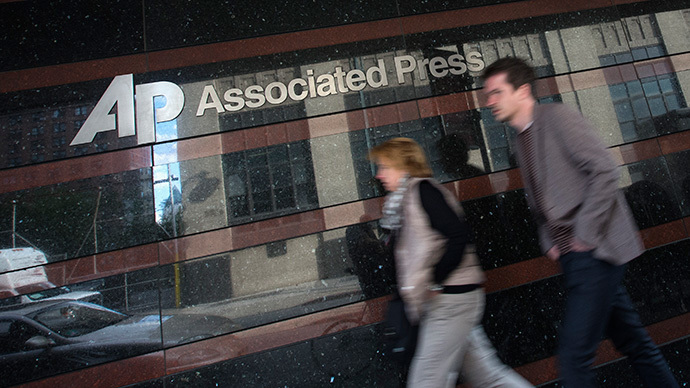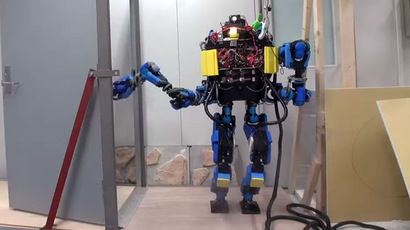No humans necessary: Computers to take on writing duties at news wire

Quarterly earnings reports already read like they’ve been written by robots, but the next step will make that a reality: Going forward, the Associated Press will be using automated technology to write the majority of articles on company returns.
In a statement released on Monday, the news service dubbed the move as “a leap forward” that will allow its journalists to focus on writing other types of business-related stories while advanced algorithms – designed by Automated Insights using data from Zacks Investment Research – take over the drier responsibility of reporting company numbers.
According to the AP’s managing editor Lou Ferrara, the company’s human journalists provide readers with roughly 300 earnings reports every quarter – a number that will be dwarfed by the amount of stories the new automated algorithms can put together. Under its new system, Ferrara estimates that 4,400 earnings reports will be released each quarter.
“Zacks maintains the data when the earnings reports are issued. Automated Insights has algorithms that ping that data and then in seconds output a story. The structure for the earnings reports stories was crafted by AP with Automated Insights. All conform to AP Style,” Ferrara said on the news outlet’s blog.
“As we begin using automation technology, we will check each automatically generated report and then publish to the AP wire. As we work out any problems, we hope to move to a model of more fully automating the reports and spot-checking the feed for quality control."
Ferarra stressed that no jobs will be eliminated as the result of this move. In fact, he positioned the AP as “doubling down” on journalism, since other writers will be able to use their time to write exclusive stories and analysis that will be published alongside the earnings reports themselves.
Still, there is some apprehension over the quality of the articles these new “robo-journalists” will produce. Ferrara acknowledged as much, telling USA Today, "There is a healthy dose of skepticism that the whole thing will work.”
“They're journalists,” he said, referring to some skeptical AP writers. “I want them to be skeptical."
This won’t be the first time that machines craft stories aimed at humans, though. Already, the AP automates sports results, and Automated Insights’ Wordsmith software created 300 million articles in 2013, including fantasy sports recaps and financial reports. This year, company CEO Robbie Allen expects his software to write a billion stories.
Meanwhile, the Los Angeles Times is also in possession of its own robo-journalist, one that can actually write breaking news. The newspaper made headlines earlier this year when it used an algorithm to write up a story on an earthquake in only three minutes. As noted by BBC News, the newspaper also uses a separate algorithm to write stories on crime in the city.














